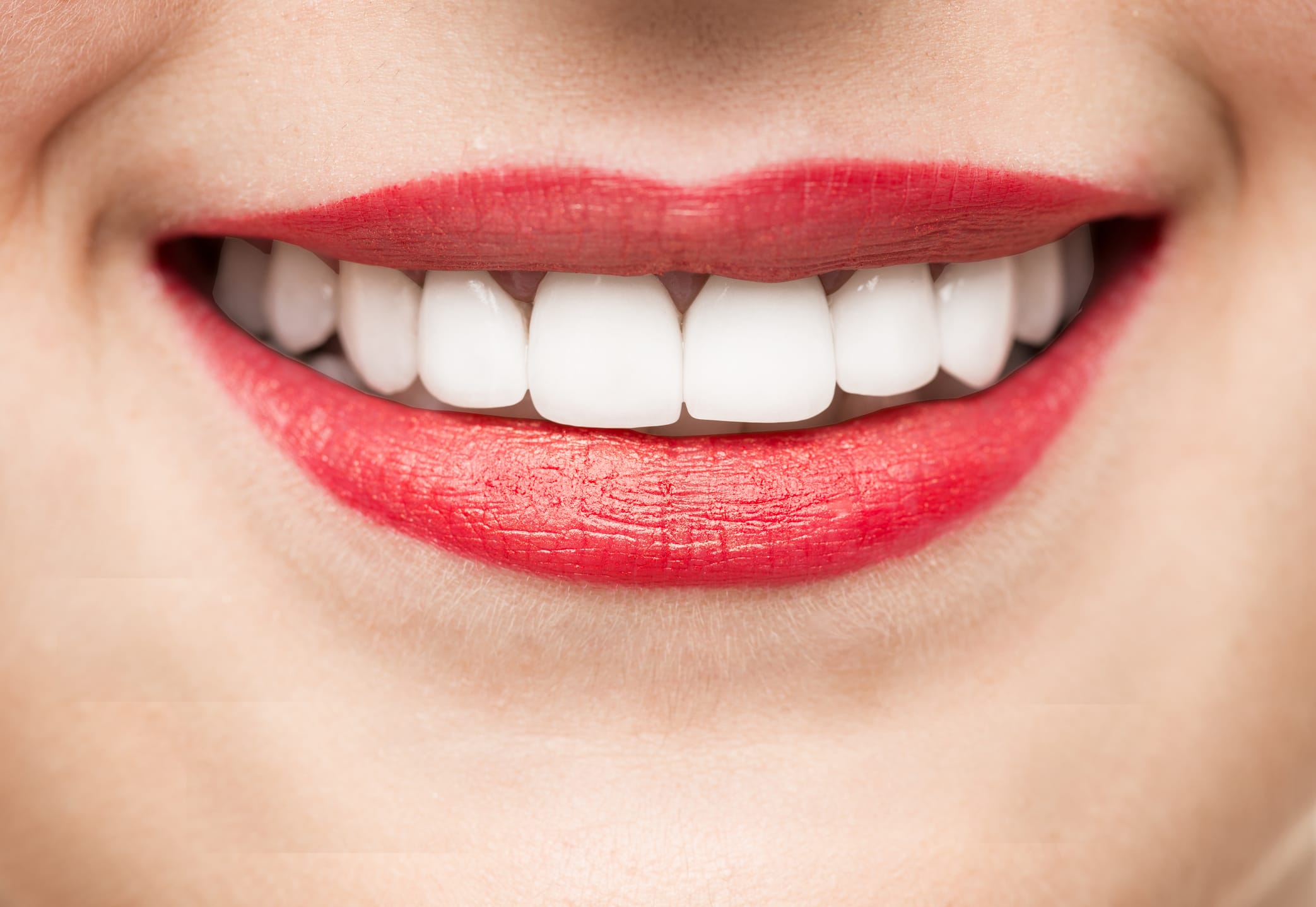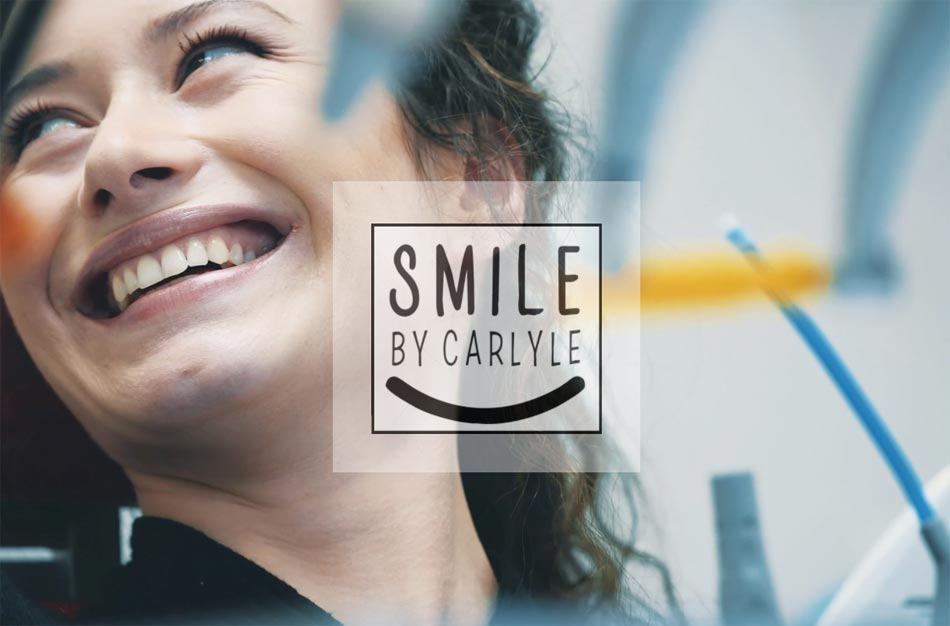 Recently, Smile Direct Club has been in the news because of the way it is disrupting the dental & orthodontics industry. The company (and other lesser-known companies like it) promise customers a “self-treatment” option for misaligned teeth using mail-order aligners. While the treatment can work for some people, it can cause significant harm to others.
Recently, Smile Direct Club has been in the news because of the way it is disrupting the dental & orthodontics industry. The company (and other lesser-known companies like it) promise customers a “self-treatment” option for misaligned teeth using mail-order aligners. While the treatment can work for some people, it can cause significant harm to others.
Investigative reports from various news organizations, along with official complaints from industry groups like the American Association of Orthodontics have raised questions about the safety and legality of this approach to orthodontics.
We here at Carlyle Dental are committed to educating our patients so that you can make wise decisions about your oral healthcare. We want to take the time to help you understand Smile Direct Club and other direct-to-consumer orthodontic companies, including what our position is on this business model.
What is Smile Direct Club, and how does it work?
Smile Direct Club offers what can only be described as “online orthodontics.” Instead of visiting your dentist or orthodontist to have braces put in or a clear retainer molded, you handle everything over the internet and via mail.
Here’s how it works: once your application is approved, you can visit one of the Smile Direct shops to have a 3-D image made of your teeth. If you don’t live near a shop, Smile Direct Club will send a kit to make a 3-D mold of your teeth at home. A dentist then uses the mold to predict the ideal position for each tooth and create about 24 trays of clear plastic retainers or “aligners” that slowly move your teeth.
The aligners typically arrive in the mail within a few weeks. It can take anywhere from a few weeks to months to complete the process, depending on how severely your teeth are misaligned.
Dentists monitor each patient’s progress by looking at selfies you provide regularly.
Smile Direct Club typically charges $49 for the 3-D imaging process. That cost is refundable if the Smile Direct orthodontist determines that you are not a good match for their program. The invisible aligners cost about $1,900, with additional costs for retainers to wear after your aligner program is complete.
Concerns about Smile Direct Club and other direct-to-consumer orthodontic companies
While we are not entirely opposed to direct-to-consumer orthodontic companies, we do encourage people to proceed with extreme caution. It’s critical to be very aware of some of the risks and concerns related to this type of dental care. Here are some things to consider before you choose to use direct-to-consumer orthodontics.
It’s a profit-driven business!
All businesses must make a profit to survive. However, Smile Direct Club is a more profit-driven business than most local dental practices, which are often owned and operated by actual dentists or orthodontists (who are usually motivated more by a desire to help people and a passion for the profession than to make money).
The program does not require you to visit the dentist!
What Smile Direct Club touts as a benefit to their program might be the most significant warning flag. Customers are not required to visit the dentist before beginning treatment (or at any point during the process).
Of course, Smile Direct strongly recommends you keep your routine cleanings and checkups and speak to your dentist if you have any problems or concerns, but in-person dental checkups are not part of their program.
Moving teeth impacts the entire mouth. Even mild teeth-straightening can affect the gums, bones, and teeth roots. Orthodontists are trained to ensure the gums, teeth, and bones are healthy throughout any treatment involving braces or aligners.
Most orthodontists take X-rays and do an extensive exam before, during, and after treatment to ensure your mouth stays healthy throughout the treatment process.
The lack of involvement by a licensed orthodontist is very concerning to dental professionals, especially as they see more people coming to their practices to fix issues caused by Smile Direct treatments.
Some customers were diagnosed with crossbites, misalignments, and other serious dental problems after using Smile Direct. These issues can lead to frequent headaches, strain in the neck and jaw muscles, migraines, difficult or painful chewing, and other issues.
Other Smile Direct customers have reported nerve damage and broken teeth from the aligner trays.
Sadly, many patients who initially choose Smile Direct in hopes of saving money on orthodontic treatments, end up spending thousands more dollars on fixing their teeth with traditional braces and other methods.
Smile Direct relies on a computer model to predict your entire treatment plan.
The Smile Direct program uses a computer system to predict teeth movement and create the 24 aligner trays. This seems like a reliable model since we use computers for many other complex tasks. However, patients’ teeth don’t often follow the computer-predicted movement.
All the aligner trays are created at the same time, meaning if your teeth don’t follow the computer-predicted model, the trays won’t fit properly or work as they should. Without an orthodontist/dentist involved in the process, patients won’t know about this issue until it’s too late!
Smile Direct is only suitable for a small number of people
Imagine relying on WebMD to prescribe medications based on your description of your symptoms. Of course, there are some very mild medical questions or concerns for which WebMD provides adequate information and treatment plans. But, WebMD always recommends going to a doctor for individualized and accurate medical treatment.
Smile Direct is similar to WebMD in that it is suitable for a small percentage of the population who would like to make very minor adjustments to their smile. They assume their customers will continue to make good dental hygiene choices, receive regular checkups, and be proactive with their overall dental health, which is misleading considering one of their touted benefits is not needing to pay for regular visits to the orthodontist.
Industry response to Smile Direct Club
Smile Direct Club is not meant to be a more affordable alternative to professional orthodontic care. Their ideal customers are people who already had braces but didn’t wear their retainers, allowing their teeth to move out of alignment. Or, people who only need very small adjustments to their smile.
Most professionals agree, Smile Direct Club is only able to accomplish mild adjustments safely. In reality, you will probably only pay a few hundred dollars more to receive personal treatment from a local, board-certified orthodontist/dentist for these same small movements.
The American Dental Association, the American Association of Orthodontists, and other medical organizations have filed complaints with the FTC, FDA, and 36 state boards, alleging that Smile Direct Club puts the patient in danger..
Many orthodontists and dentists advise extreme caution when considering a service like Smile Direct Club. Many dentists say it’s unwise to rely on Smile Direct’s screening process to determine if you are a good fit for their service. Instead, it would be best if you asked your dentist to give you an informed assessment based on your oral health and specific needs.
Carlyle Dental’s position regarding Smile Direct Club and other direct-to-consumer orthodontic programs
While we are not entirely opposed to Smile Direct Club and other direct-to-consumer orthodontic programs, Carlyle Dental believes each person should consult with a dentist before making any decisions or beginning treatment.
There is a small portion of the population that can benefit from the services that Smile Direct Club offers. Still, it’s wise to involve your dentist in the process, from start to finish to avoid any complications. If you are considering using a direct-to-consumer orthodontic service, we strongly recommend visiting your dentist for a regular checkup and an assessment to see if you are a good candidate for that type of treatment. Contact us with any questions, concerns, or to schedule an appointment where we can help you make an informed decision about your needs.


